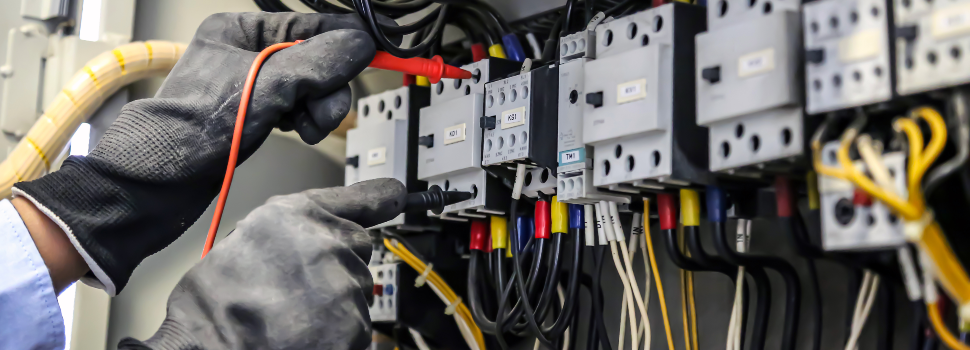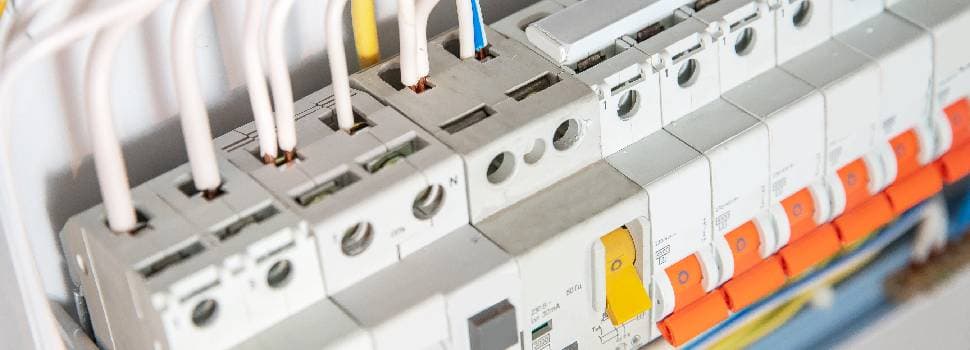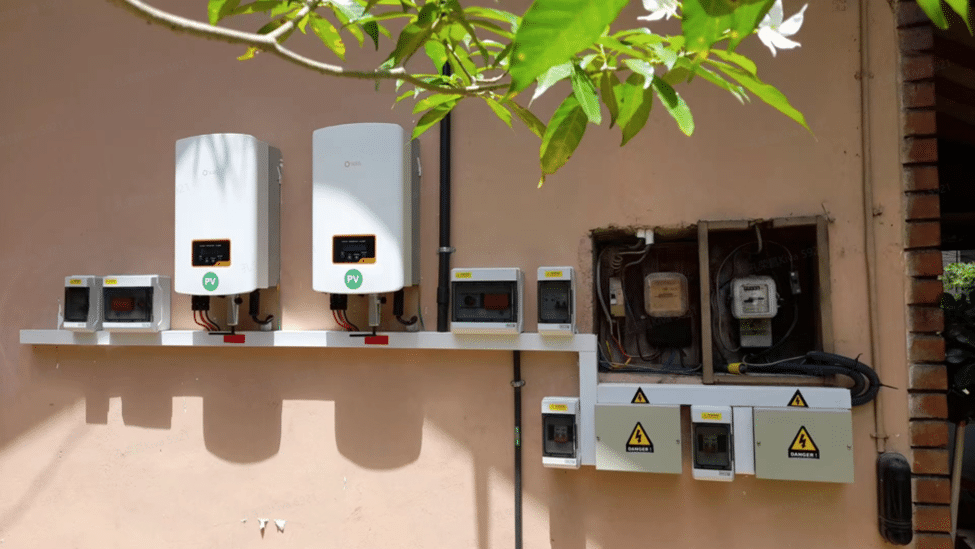Access to the power grid is essential for most construction, finishing, or installation projects. Power distribution boxes, sometimes referred to as “eRBets,” are unique because they can operate in open spaces. They are particularly useful on construction sites, where they supply electricity to various devices both inside and outside buildings.
These boxes are notable for their versatility, safety, functionality, and mobility. Their primary role is to distribute electricity while protecting against short circuits and overloads. Beyond construction sites, they are used in temporary setups like road construction, sports events, music shows, renovations, and outdoor gatherings such as campsites and markets.
Power distribution boxes are versatile tools that not only distribute electricity but can also measure energy consumption. They come in various types and configurations, making it important to understand these differences to choose the right model for specific needs.
What is a power distribution box?
A power distribution box is a crucial component in any electrical setup. It serves as the central hub for managing and safeguarding the electrical system’s various modules. The primary function of this box is to distribute electrical power across different circuits, allowing for comprehensive control over all installation elements. Additionally, it includes features that enable quick and safe disconnection of the power supply.
The power distribution box plays a multifaceted role in electrical systems. It houses instruments for distribution, protection, measurement, control, and signaling. The box also contains essential components like wires, insulation, and support elements. Typically, one or more supply lines connect to the distribution box, while outgoing cables distribute power from it. This setup ensures efficient and safe electrical energy distribution throughout the system.
Why are power distribution boxes useful?
Power distribution boxes offer significant benefits by allowing devices to be connected indirectly to the power source. This approach simplifies circuits and enhances efficiency by minimizing the number of wires needed, which reduces energy waste and costs. Fewer wires also improve safety by reducing tripping hazards and the risk of snagging, creating a safer environment for both staff and visitors.
The modular design of power distribution boxes makes them particularly valuable in large circuits. They provide an easy way to scale up electrical systems, making them indispensable for events like festivals, concerts, weddings, and sports events. Their versatility extends across various sectors, including business events, nightclubs, churches, broadcasting, and more, making them a crucial component in a wide range of applications.

Types of power Distribution Box
Power distribution boxes are categorized based on their design, functionality, and application. Here are some of the main types:
Standard Building Power Distribution Box
- These are commonly used in permanent installations, such as buildings, to distribute power to various circuits.
Metered Building Power Boards
- In addition to distributing electricity, these boards measure energy usage, providing insights into power consumption.
Stationary vs. Mobile Switchgear
- Stationary Switchgear: Often large, these are typically used in fixed locations. Wall-mounted power distribution boxes are a type of stationary switchgear but are less common on construction sites.
- Mobile Switchgear (Portable Distribution Boards): Designed for mobility, these can be moved to different locations as needed. They are ideal for temporary setups like construction sites or outdoor events.
Portable Power Distribution Boxes
- These are versatile and can range from small units with a few outlets, suitable for garages or repair shops, to larger models with metal stands used on construction sites.
Specialized Power Distribution Boxes
- Other types include wall-mounted, rack-mounted, outdoor, explosion-proof, low-voltage, and high-voltage power distribution boxes, each tailored to specific environments and applications.
Key benefits of power distros
Power distribution boxes offer several key advantages that make them essential in various electrical setups:
- Increased Efficiency: By streamlining electrical circuits and reducing unnecessary wiring, power distribution boxes lead to decreased energy costs. This efficiency also contributes to a more organized and manageable electrical system.
- Enhanced Safety: They significantly reduce tripping hazards by minimizing the number of exposed wires. Additionally, they protect against electrical dangers by providing a centralized control point for power distribution.
- Power Filtering: Power distribution boxes can be configured to provide tailor-made outputs with specific voltages, which improves the overall power quality at each output. This is particularly important for sensitive equipment that requires stable power supply conditions.
- Additional Safety Features: Many power distribution boxes include safety devices like Residual Current Circuit Breakers (RCCBs) and Miniature Circuit Breakers (MCBs). These protect against power overloads, blown fuses, and potential fires, ensuring a safer electrical environment.
- Customization: Power distribution boxes can be made bespoke to fit specific needs, allowing users to tailor the setup to their unique requirements, whether it’s for a small workshop or a large-scale event.

Building Power distribution box
Inside a building’s power distribution box, you’ll find several protective devices, including overcurrent circuit breakers, circuit breakers, and surge arresters. These components safeguard your devices by interrupting electrical surges and cutting off power when voltage levels become too high.
For residential use, a standard power board with overcurrent circuit breakers and 230V sockets is typically sufficient. However, if you plan to use more advanced equipment, consider adding specialized sockets like 32A 5P or 16A 5P to your distribution box. In environments such as car workshops or factories, distribution boxes often include switches like 0-1 or L-O-P, which simplify operations. Additionally, having a power cord directly connected from the distribution panel can be beneficial.
It’s advisable to have a qualified electrician assemble the power distribution board to ensure safety and proper functionality.
Building power distribution box – how to choose the right one?
When selecting a power distribution box, several factors are crucial to consider:
- Number of Outlets: Having more outlets provides greater flexibility and allows you to connect multiple devices simultaneously.
- Type of Box: Boxes come in two main types: standard and metered. Standard boxes focus on power distribution, while metered boxes also track energy consumption.
- Material and Durability: The material used affects the box’s strength and longevity. It also influences how the box is used and its overall durability.
- Environmental Considerations: It’s important to consider the operating temperature range and the device’s protection level (IP rating) to ensure it can withstand various environmental conditions.
FAQs
1.Q: Why are power distribution boxes important?
A: They enhance efficiency, improve safety by reducing wiring hazards, and allow for customized power outputs for specific needs.
2.Q: Where are power distribution boxes typically used?
A: They are used on construction sites, at events like concerts or festivals, in road construction projects, and in temporary setups like campsites or markets.
3.Q: Can power distribution boxes be customized?
A: Yes, they can be tailored to meet specific requirements for different applications or environments.
Conclusion
In conclusion, power distribution boxes are indispensable components in modern electrical systems, offering a range of benefits from enhanced safety and efficiency to customization and versatility.
Whether in construction sites, large events, or temporary setups, these boxes play a crucial role in ensuring reliable and safe power distribution.
By understanding their types and applications, individuals can better leverage these tools to meet their specific electrical needs.
